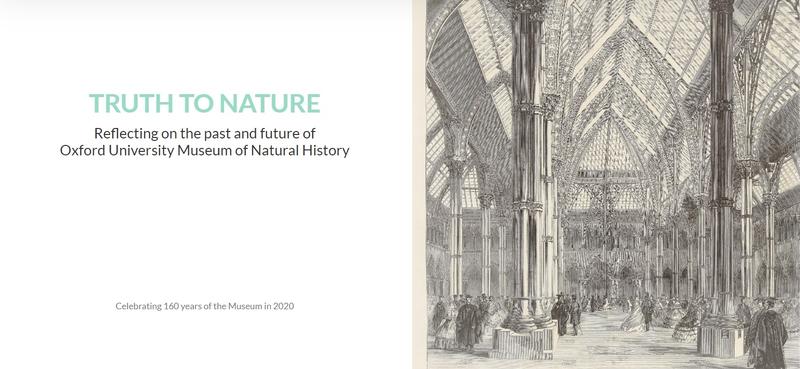The Museum's Architecture
https://www.youtube.com/embed/o7AzcEfdVdY
The Museum building is as spectacular today as when it opened in 1860. As a striking example of Victorian neo-Gothic architecture, the building's style was strongly influenced by the ideas of 19th-century art critic, John Ruskin. Ruskin believed that architecture should be shaped by energies of the natural world, and thanks to his connections with a number of eminent Pre-Raphaelite artists, the Museum's design and decoration now stand as prime examples of the Pre-Raphaelite vision of science and art.
Glass and iron
The Museum has a very striking glass and iron roof. The use of glass and cast iron had been commonplace since the mid-1840s in galleries and greenhouses – most famously the Crystal Palace of 1851. The novel aspect of the Museum was the use of structural iron, but sadly the first design of the roof was incapable of supporting its own weight and had to be taken down before it was completed. The second version introduced the cast iron columns you see today, ornamented with wrought ironwork in the spandrels, representing branches of tree species including sycamore, walnut and palm.
Columns, capitals and corbels
Around the court perimeter are 126 columns, each made from a different British decorative rock, labelled with the name of the stone and its source. The capitals and corbels are carved into plants representing all the botanical orders. The stonemasons often worked from life with plants brought from the Botanic Garden in Oxford.
Great men and one woman
Standing thoughtfully against the pillars around the court are 19 statues of great men of science, including Aristotle, Galileo, Isaac Newton, Charles Darwin and Linnaeus. There are also a number of busts of scientists associated with the Museum, such as John Phillips, Henry Acland and William Buckland. In 2010, the first new bust for more than 100 years appeared: a likeness of Dorothy Hodgkin, winner to the Nobel Prize for Chemistry in 1964 for her work on crystallography. Hodgkin carried out her ground-breaking research in the Museum in the mid-20th century.
Temple of Science - video podcasts
A more detailed look at the history of the Museum’s art and architecture is available in our five-part video podcast series, Temple of Science, written and presented by John Holmes, Professor of Victorian Literature and Culture at Birmingham University, and an Honorary Associate of the Museum.
Truth to Nature
The Truth to Nature exhibition, which opened in the centre court on 18 October 2020, is accompanied by this online version. This exhibition charts the philosophies and artistry underpinning the creation of the Museum in the mid-19th century and reflects on the role of natural history museums today, including the need for greater equity in science.






